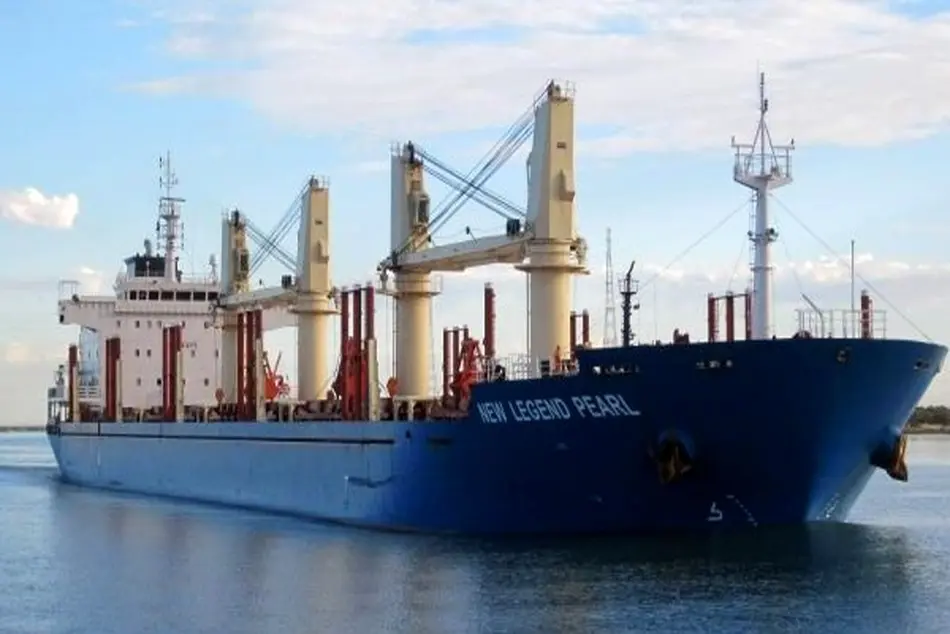Proper use of safety harness vital when working at height

The New Zealand Transport Accident Investigation Commission released its report regarding the fatal fall of a crewmember on the bulk carrier ‘New Legend Pearl’ back in November 2016, describing what happened and providing safety recommendations.
The incident
On the morning of 3 November 2016, the bulk carrier New Legend Pearl was east of Coromandel Peninsula on passage between the New Zealand ports of Bluff and Marsden Point. The crewmembers were trying to change a hoisting wire on one of its cargo cranes.
During the procedure the hoisting wire hit the crane jib that was resting in its cradle, about eight metres above the hatch cover.
One of the crew wore a safety harness and climbed up onto the crane jib, with the lanyard of his harness secured around a luffing wire and walked along the jib to unsnag the wire.
However, the lanyard prevented him reaching the snag, and while transferring the lanyard to a different securing point, he lost his balance or slipped and fell eight metres to the deck below. Unfortunately, he succumbed to his injuries.

Probable cause
The Transport Accident Investigation Commission found that it was likely that the locking mechanism for the safety harness hook was not engaged, which allowed the lanyard to roll or burst out of the hook when the crew member fell, and that the safety harness was not suitable for the intended task.
The Commission also found that:
- the risk assessment conducted prior to the crew starting the wire replacement on the crane did not fulfil the requirements of the operator’s safety management system, because it did not adequately identify and manage the risks associated with the task,
- the repeat failures of the crew to comply with safe working practices when working at height and the acceptance of using a substandard wire on a working crane are indications of a poor safety culture on board the New Legend Pearl,
- the operator’s risk assessment process did not prevent the crew member working at height with an inadequate fall-protection system,
- both the safety management system and the underlying safety culture on board did not meet industry good practice.
After the accident, the Commission recommended the general director of the Panama Maritime Authority to seek improvements in the operator’s implementation of its safety management system on board its vessels, including the underlying safety culture.
Key Lessons
- Working at height is a risky activity and all crew should use suitable safety harnesses that are fit for the intended tasks,
- Working at height is a risky activity that must be properly managed using a formal risk assessment methodology,
- Attaching a safety harness by passing it through or around the securing point and back onto the lanyard is a dangerous practice that can result in inadvertent release unless the lanyard and hook are designed for that purpose.
For further information, you can read the full report herebelow:




